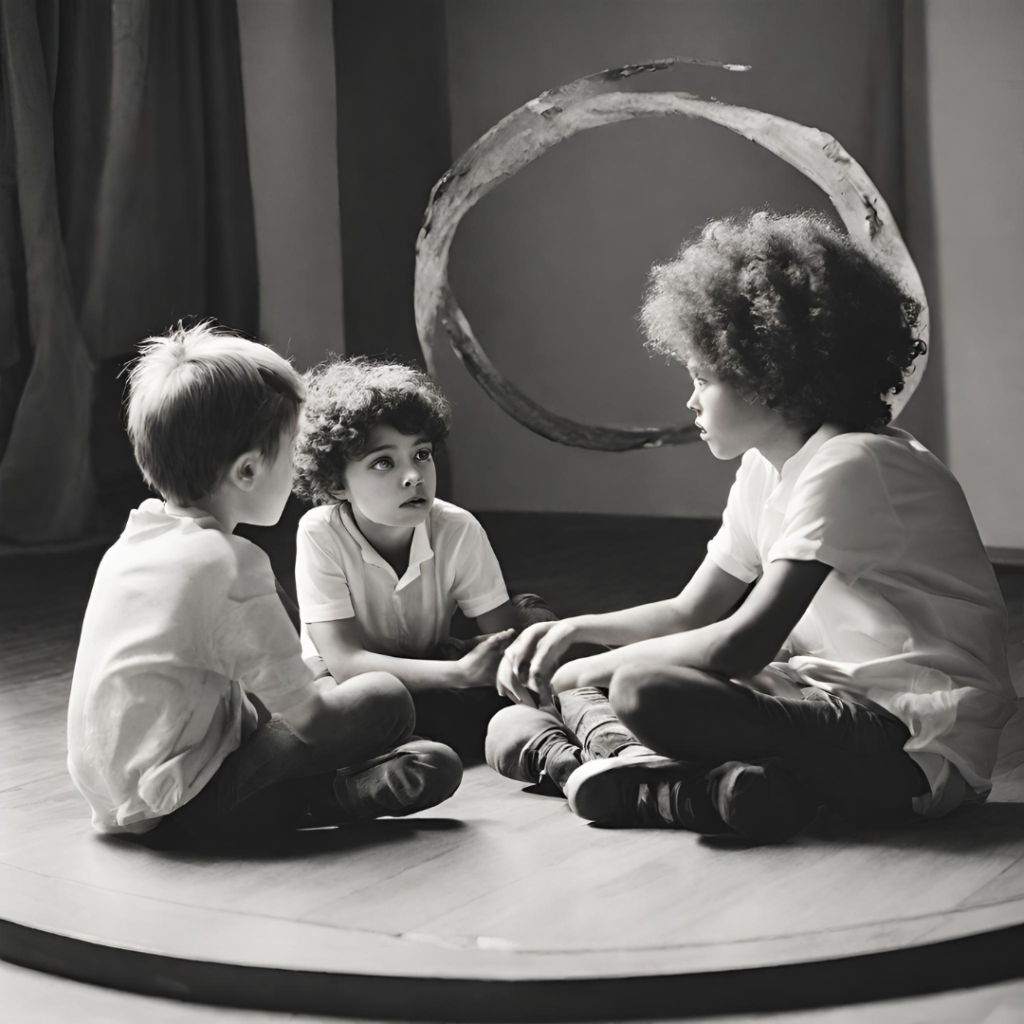We were all children once. Do you ever stop to think about where our beliefs about ourselves and others came from? How do the belief systems we have all grown up with impact the world we live in today?
Being mindful of practices that teach tolerance while caring for young children will help to create a more unified or divided world, depending on how we go about it. We could all use a better understanding of how we are connected and how our actions or inactions impact those around us. After all, children grow up to practice the behaviors they have observed from those around them.

The Importance of Teaching Tolerance to Children
Remember hearing about the “golden rule” as a child? This is a universal concept that transcends history, and cultures around the world. It means “treat others the way you would like to be treated.” It is a simple lesson but one that we need to be reminded of even as adults, especially in this day and age when we are witnessing so much harmful behavior online.
Teaching tolerance to children is more important than ever in the online world where information is abundant and easily accessible. So is bullying. As parents, caregivers, or nannies, instilling values of tolerance in children can help shape them into compassionate and understanding individuals who can better navigate a diverse and interconnected world.
But what does this mean exactly?

Practical Strategies for Teaching Tolerance
- Lead by Example: Children learn by observing. Model tolerance in your interactions and behaviors towards others. Read on to learn more about how this may play out in real life.
- Encourage Empathy: Help children understand others’ perspectives and feelings, fostering empathy and compassion. “When kids start using homophobic slurs I write the names of people I know personally who are gay or transgender on the board – one for every slur” states one teacher on how they teach tolerance in the classroom. “Eventually the students ask what the names are all about, and then I explain that they’re insulting real people. By making gay people real and more human, it helps teach the kids that too.”
- Expose to Diversity: Expose children to different cultures, traditions, and beliefs to broaden their understanding of the world. There are storybooks and music that beautifully illustrate other cultures and traditions. One of the most fun ways to share cultural differences with younger children is through food! Share with them yummy treats and traditions from around the world. Explain the history and people behind it. “I think teaching stories and books with minority main characters is a big way to help develop empathy too,” says an educator who looks for creative ways to integrate tolerance.
- Discuss Differences: Have open conversations about differences and similarities, emphasizing the beauty of diversity. I used to say to my kids when they were little “What makes us different, makes us interesting. After all, this world would be pretty boring if we were all the same.” One Reddit post from a member looking for guidance on teaching tolerance states “I teach middle school math, and the things these kids say to each other is unreal. After having been warned that [what he said] was inappropriate” a student was sent out of the classroom. “When I talked to him about it later, he was adamant that because he said it to his friend, it was okay and refused to even acknowledge that he might have said something offensive.” This student didn’t come up with these ideas on his own, he learned them from his environment.
- Media Literacy: Teach children to be critical of media messages so they can develop a discerning attitude towards stereotypes and biases. Behind any message online is the agenda of the people who created it. Help children to understand that what they see and read is not always what it seems.

Embracing Connectedness for a Unified World
By teaching children tolerance, we not only shape their characters but also contribute to building a community that is more unified and inclusive. In a world where digital interactions play a significant role, instilling values of tolerance helps children navigate online spaces with respect and understanding. After all, the lessons we impart to our children today will have a lasting impact on the world they will help to shape tomorrow.



